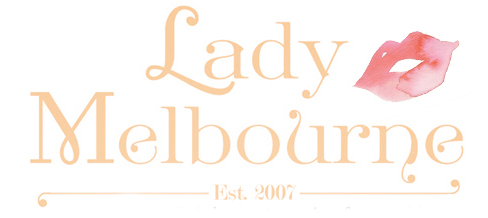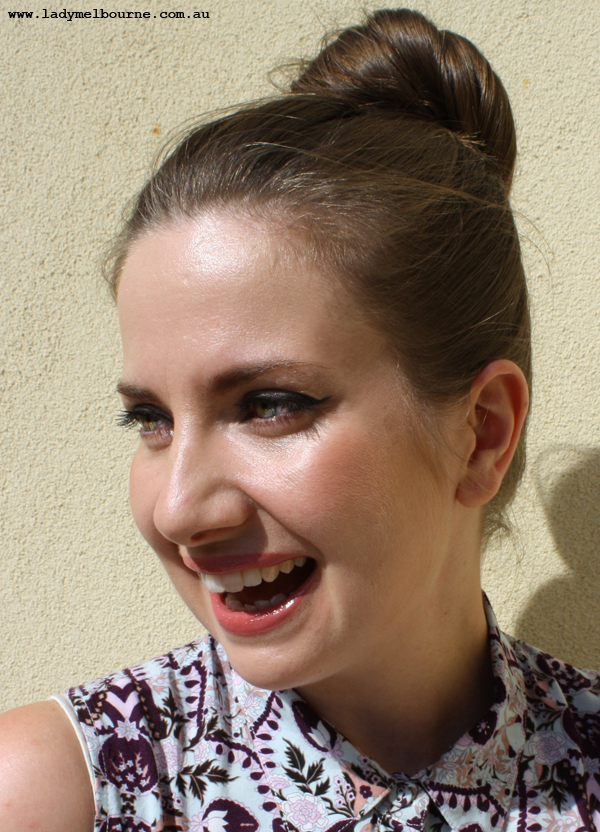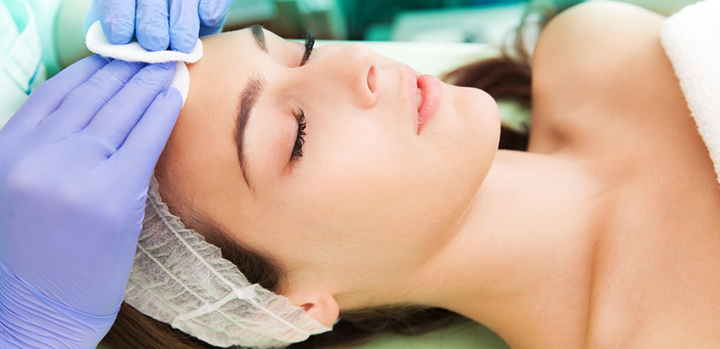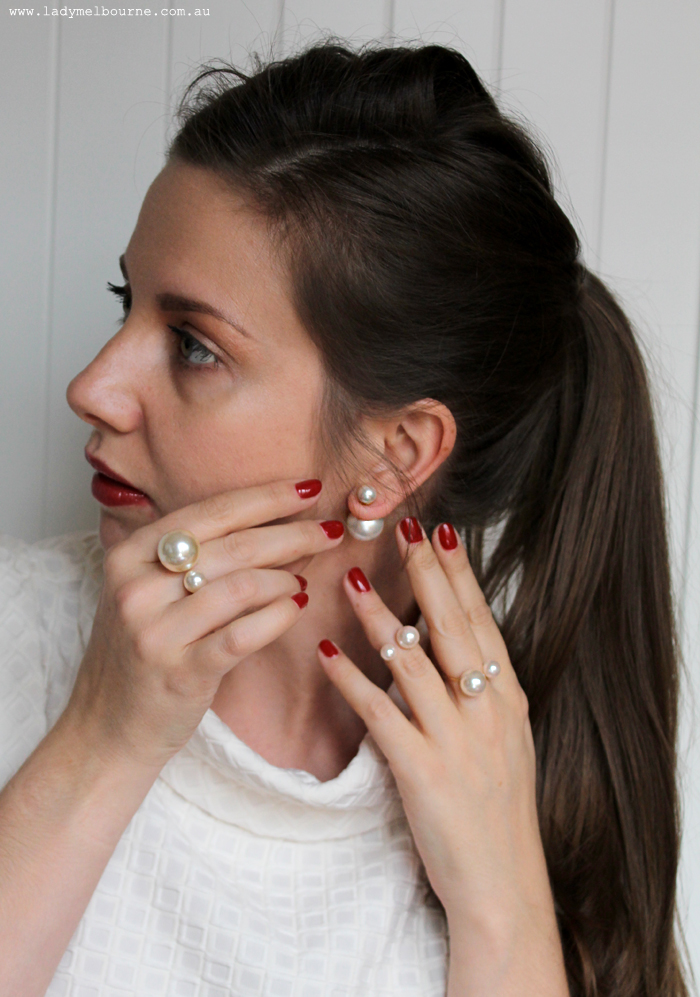The image most conjured up when talking about skin peels is of the character Samantha from season five of Sex And The City, when she gets a chemical peel right before Carrie’s book launch.
The results are pretty shocking, and because it’s not something a lot of people talk about, or well explained, it’s a lasting image for most women.
But skin ‘peels’ are actually an effective treatment if administered correctly, and can certainly change the appearance of your skin in terms of sun damage, ageing and pigmentation.
I asked leading therapist Erin From Melbourne’s Miss Fox Day Spa what exactly is the deal with the peel.
What is a skin peel?
A skin peel includes a wide range of exfoliating products that produce a controlled wound on the skin. The results that you can expect from a peel are: a reduction in pigmentation, acne lesions, fine lines and wrinkles and superficial depressed scars. The depth of the peel and the results depend on the strength of the peel used. Peels are a results-driven treatment – no fluff!
Why is it called a skin peel? Does your skin actually peel?
It is called a peel as we are using chemical agents that will repair and regenerate. Cosmedix and Aspect peels are all chrially correct. Ingredients that have been chirally corrected are filtered to contain only molecules that positively interact with the skin so there is less chance of irritation or inflammtion and less chance of pain and downtime with their peels. In terms of your skin peeling, don’t imagine you will look like Samantha from Sex and the City, instead you may be a little red but it’s nothing that some mineral makeup can’t hide. You may experience some light shedding on day three after your peel but that is all part of the process. Your skin is about to glow!
What’s in a peel?
We offer Aspect Lactic peels in strengths fom 20%, 30% and 40%. These peels are lactic based (which is dervied from milk) and combined with candian willowherb (anti infammatory) We also offer the Societe 15% & 30% peels which have an added blend of acia berry, green tea, lactic and malic acid.
BHA peels are our salicylic peels. These peels are oil soluable so are fantastic for treating all grades of acne. They are sourced from willowbark.
The pigment punch peel is used to treat epidermal as well has hormonal hyperpigmentation, age spots and other discolourations. Its key ingredients are salicylic acid, vitamin C and other pigment lightning ingredients. We also off the Jungle brew peel which is more used on our acne skin clients. Its key ingredients are salicylic and berry/plant extracts which are sourced from the jungle – hence its name!
These types of peels self-neutalise on the skin and can feel quite hot for a few minutes – we always have a fan handy!
Vitamin A peels are our strongest peels. To have a vitamin A peel you need to be using a vitamin at product at home every night comfortably otherwise your skin won’t tolerate this peel. Vitamin A peels are focusing on treating dull lifeless skin, pigmentation, rosacea (eventually) scarring and aging concerns.
The Timeless peel is a dermal peel being our strongest. It is best suited for ageing concerns, scarring and sun damaged skin. It has a high percentage of Vitamin A and lactic acid. These peels can feel warm and tingly when applied to the skin. They are left on the skin for best results and you may experience some shedding of skin with these peels.
Does it hurt?
As our peels are all chrially correct irritation is quite low. Salicylic peels can feel quite hot on the skin but once they hit their peak they calm down quickly. You may feel a tingly sensation and a little itchy with all our other peels but this is all normal.
How many peels do I need?
We recommend doing peels in a course of 6 spaced out 1 to 4 weeks in between depending on the peel type. Peels are often done in winter as the UV levels are much lower so your skin has a better chance to heal, But you can complete them at any time of the year as long as you are using a proper sunblock. Physical sunblocks containing zinc or titanium dioxide are far superior to chemical sunscreens, which are not recommended to be used on newly peeled skin.
What sort of results can I expect?
Results are dependant on your commitment to the program your therapist prescribes. I have seen great results with clients pigmentation issues, acne breakouts and scarring. It’s like going to the gym once and expecting a six pack… results requires dedication. We always recommed homecare products which are essential to use to get the best results from your peels and for your overall skin health. Using outside prodcts that your therapist hasnt recommended could undo all your hard work. So always check with your therapist before trying something new on your skin.
What type of skin would be suitable for a course of peels?
Your skin always has to be analysed before any peel can be carried out. We do this by looking at your skin through a Woods Lamp which is a black UV light and shows up what is happening to your skin on a deeper level. We can see any photodamage, oiliness, hydration levels, thickness, pigment depth and vascularity. If your skin is in any way impaired we wouldnt carry out a peel on that day and instead recommend products to build the skin back to health. Not all skins need to be peeled, some people opt for medi facials which are very relaxing – they usually include a gorgeous massage too! – but we still use our cosmeceutical products and tailor the treatment to suit the clients skin needs.
If you have issues that arent going away with the use of homecare products that have been recommended to you, or if you want the fastest results, that’s when peels come into play. Doing a course of peels gives you the best results, so if you have something special coming up start your treatments 6-7 months before the big event!
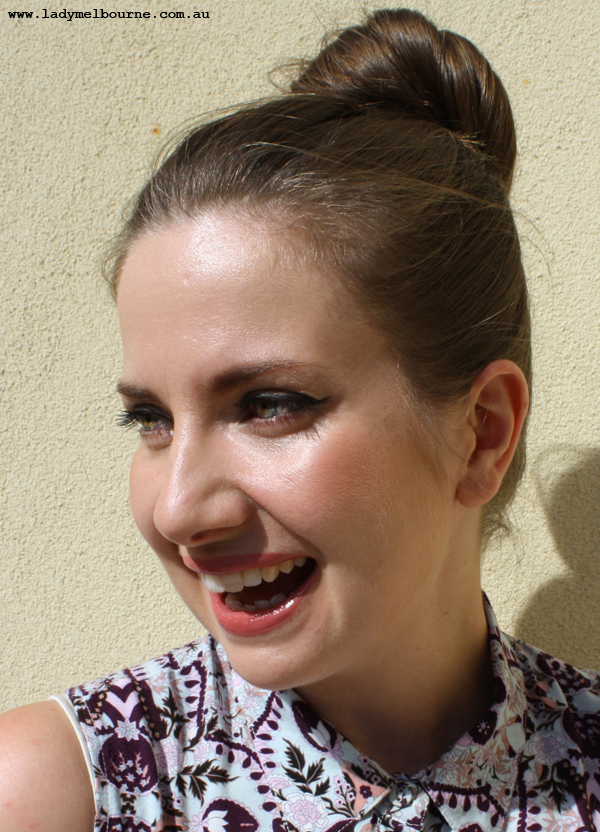
If you want to know more about what I put on my skin you can read this blog ‘What’s in Lady M’s beauty closet?’ from last year.
